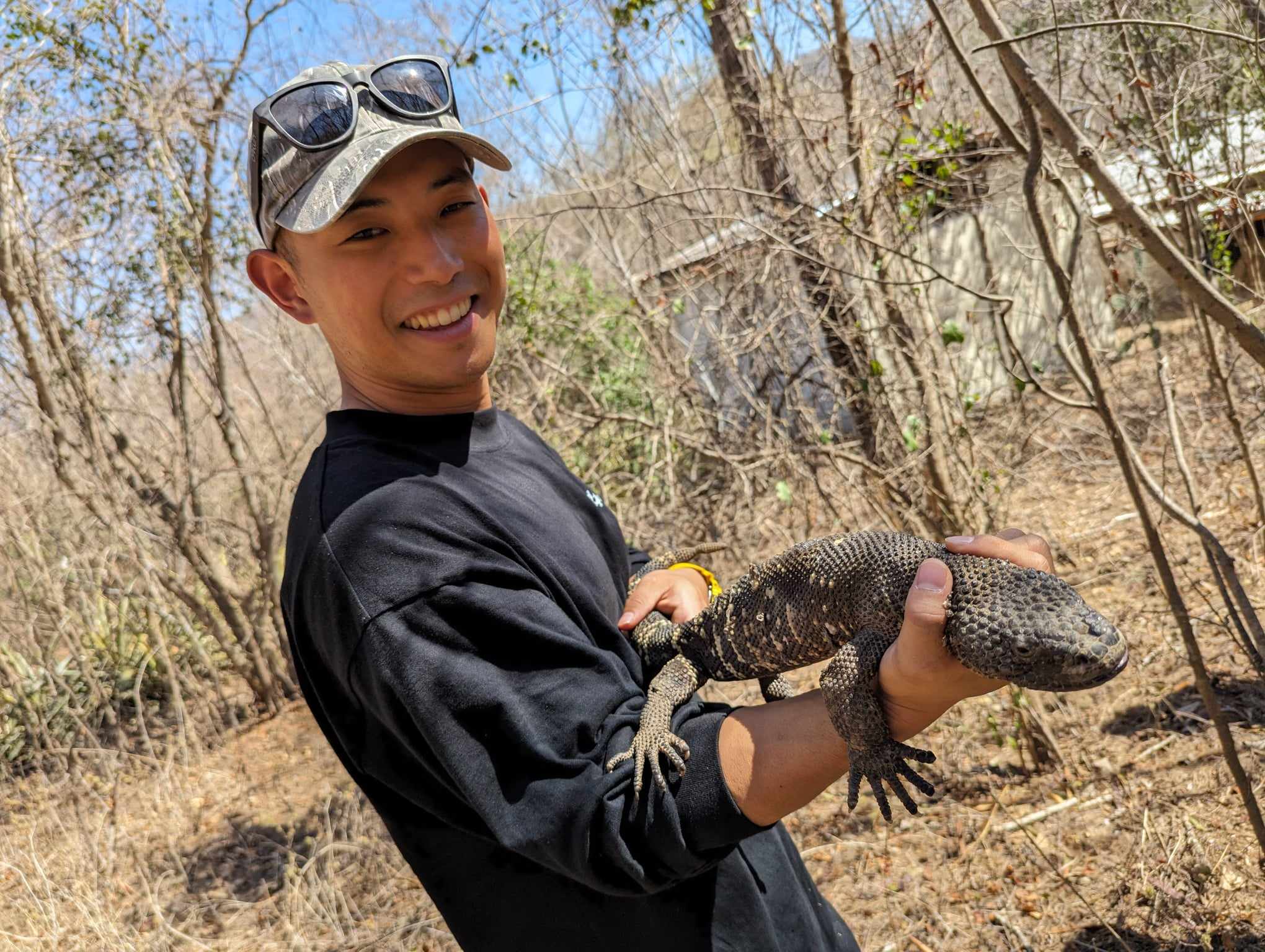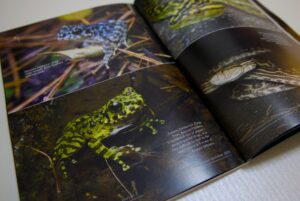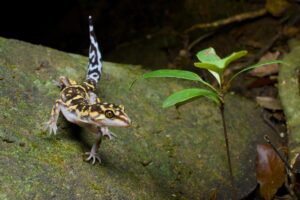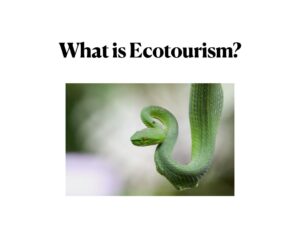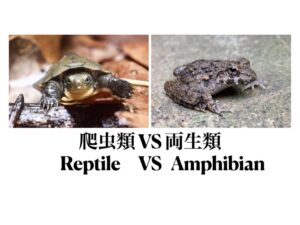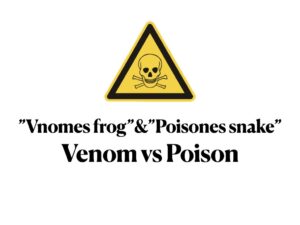Initial Note: Consideration of Color Palette
When venturing into the wilderness to seek wildlife, it’s crucial to don attire that blends with nature’s color palette. Bright colors like vivid blue, pink, or yellow tend to draw undue attention from wildlife with sharper senses, potentially causing them to become wary and flee. To maximize the chances of wildlife encounters during your expedition, opt for natural hues found in nature such as camouflage, black, khaki, and occasionally sand or white, covering your entire body.
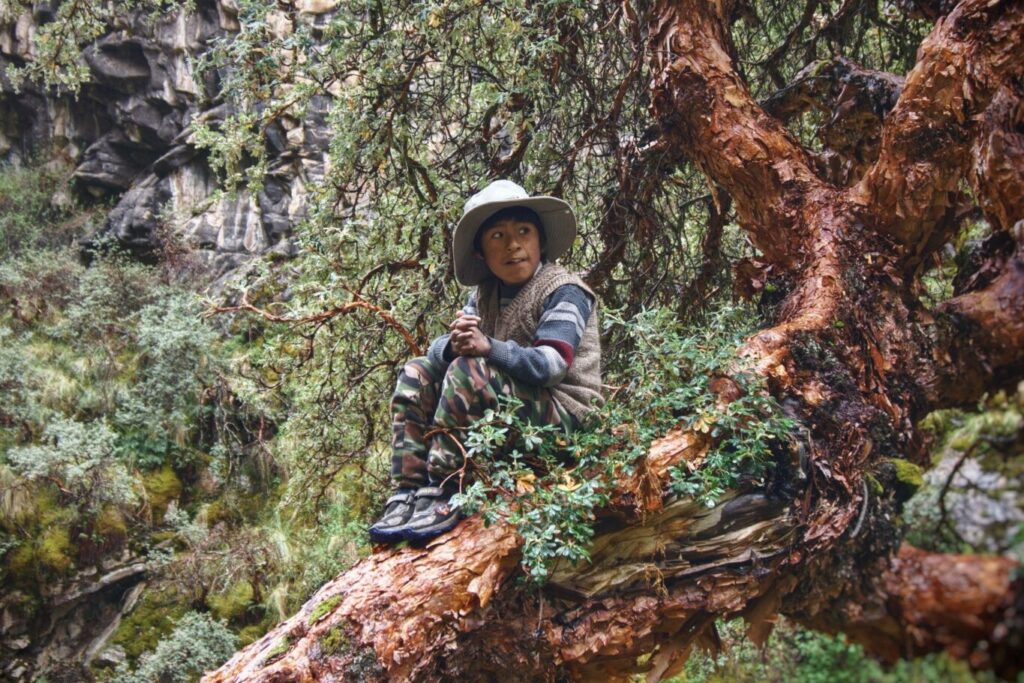
Additionally, consider the colors of every item you carry, including water bottles or backpacks, as vibrant hues might create a sense of unease among animals from a distance. For more detailed insights, refer to this article.
Understanding Earth Colors: Why It’s Preferred for Wildlife Observation
Recommended Outfit
① Long-Sleeved Shirts
Given that amphibians and reptiles are ectotherms, predominantly inhabiting warmer environments, it’s crucial to avoid short sleeves. Venturing out in short sleeves could make you susceptible to numerous mosquitoes and ticks, hindering your focus on herping. Opt for long-sleeved shirts made from quick-drying materials, especially in high humidity areas.
② Long Pants
For comfort and protection against grass and other elements, long pants are a must. Particularly as legs are prone to getting caught in vegetation, durable military-style pants are recommended. However, for extended expeditions where laundry might be a concern, quick-drying trekking pants are also practical. Personally, I prioritize pockets – when herping, there are instances of lying on the ground for photography or climbing trees to catch snakes, making secure pockets with zippers or buttons essential to avoid dropping essential items like phones or spare batteries.
③ Hat
Essential for sun protection, insect defense, and tick prevention, a hat is indispensable. I prefer the cap style, but a recommended choice is a hat with a chin strap, preferably in colors that help blend with nature, such as camouflage or black, concealing as much of the face and skin tone as possible.
④ Rain Gear
Always carry rain gear in your backpack to be prepared for unexpected showers. Getting wet unnecessarily drains energy, hindering your ability to explore wildlife opportunities to the fullest. While any rain gear will suffice, I personally opt for environmentally friendly, reusable raincoats known as ‘mountain parkas’ to minimize plastic noise that might alert animals. Choose gear that lasts longer and aligns with eco-friendly practices.
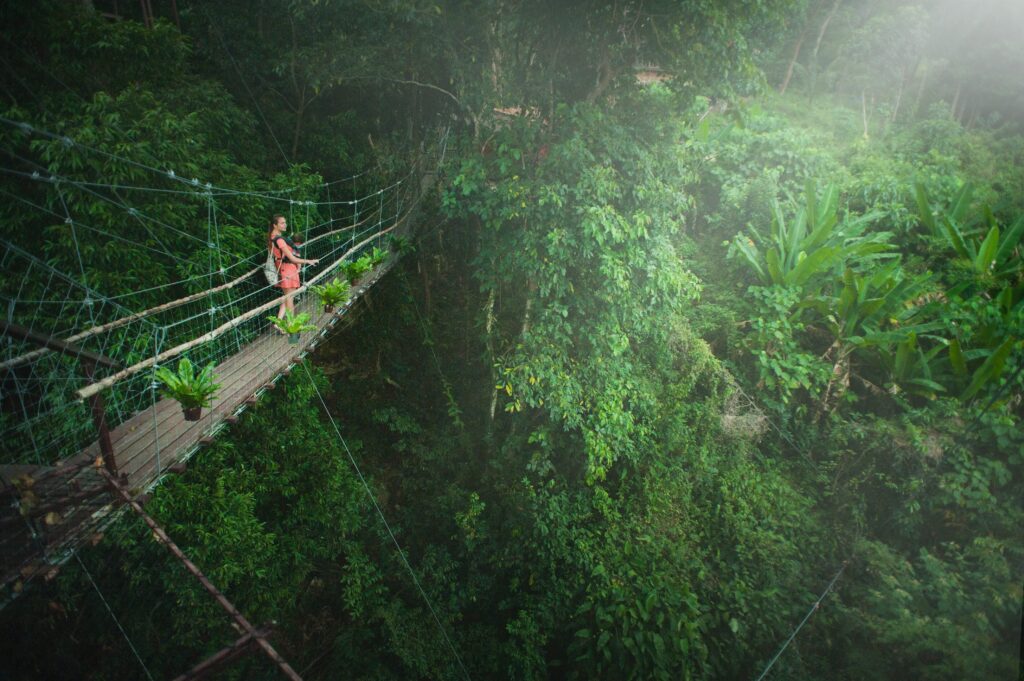
⑤ Outerwear
In higher elevations or desert areas, temperatures can drop significantly at night. Prior research on destination temperatures will help ensure you’re equipped for temperatures below the minimum.
⑥ Vest or Mosquito Jacket
Vests or jackets with multiple pockets offer convenience for carrying spare batteries or snake bags, crucial for unpredictable wildlife encounters. In regions with high mosquito activity, jackets with numerous pockets for mosquito netting are incredibly practical.
Conclusion
These clothing recommendations cover the essentials for herping! Remember, wearing these clothes won’t guarantee wildlife encounters, nor does refraining from doing so guarantee a lack of encounters. However, I believe that consistent small adjustments in clothing can significantly increase the probability of encountering wildlife in their natural habitat. For those who haven’t considered this before, gradually refining your attire can enhance the likelihood of wildlife encounters. Let’s elevate the chances of meeting these creatures through subtle adaptations in clothing choices.

